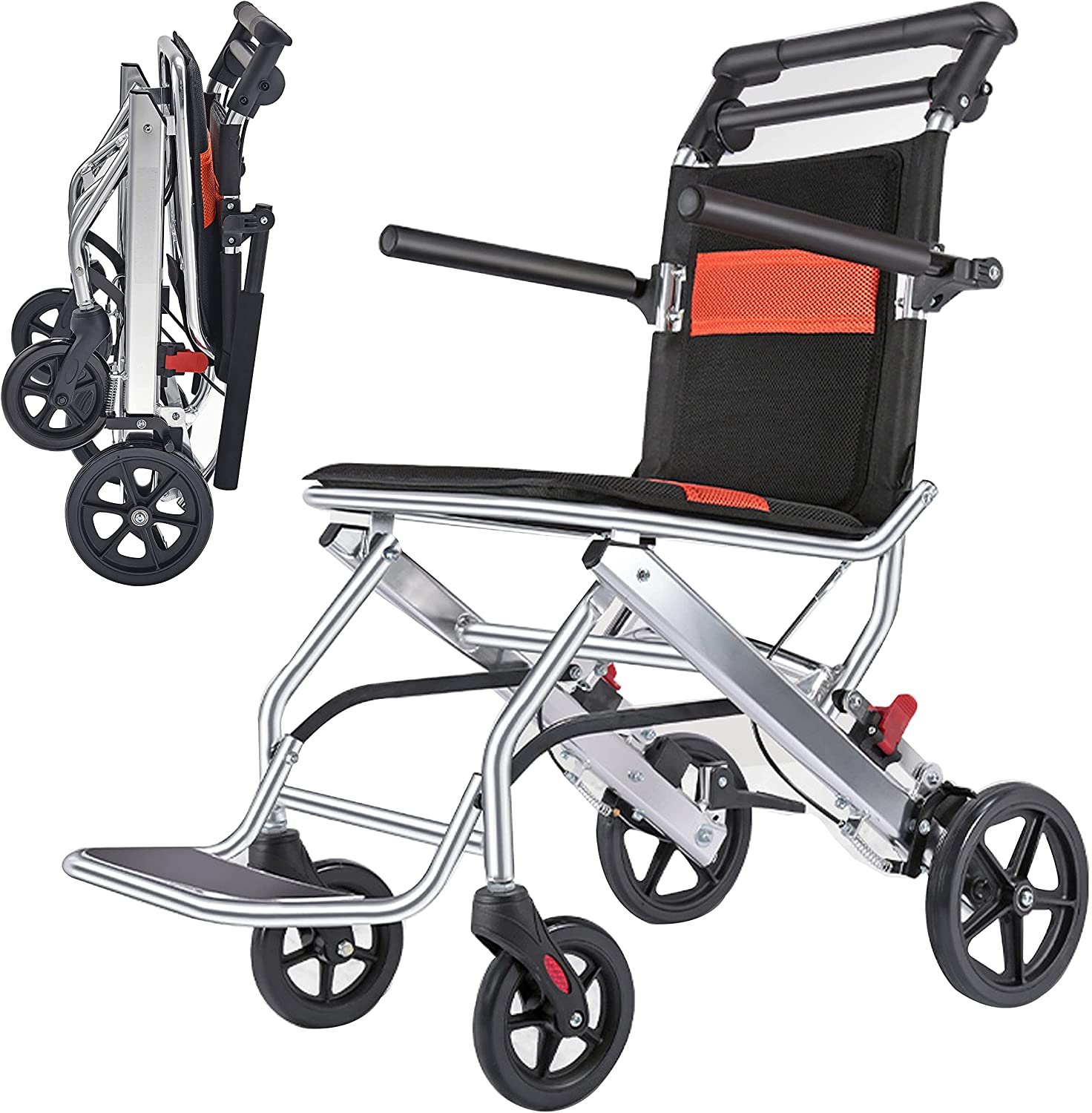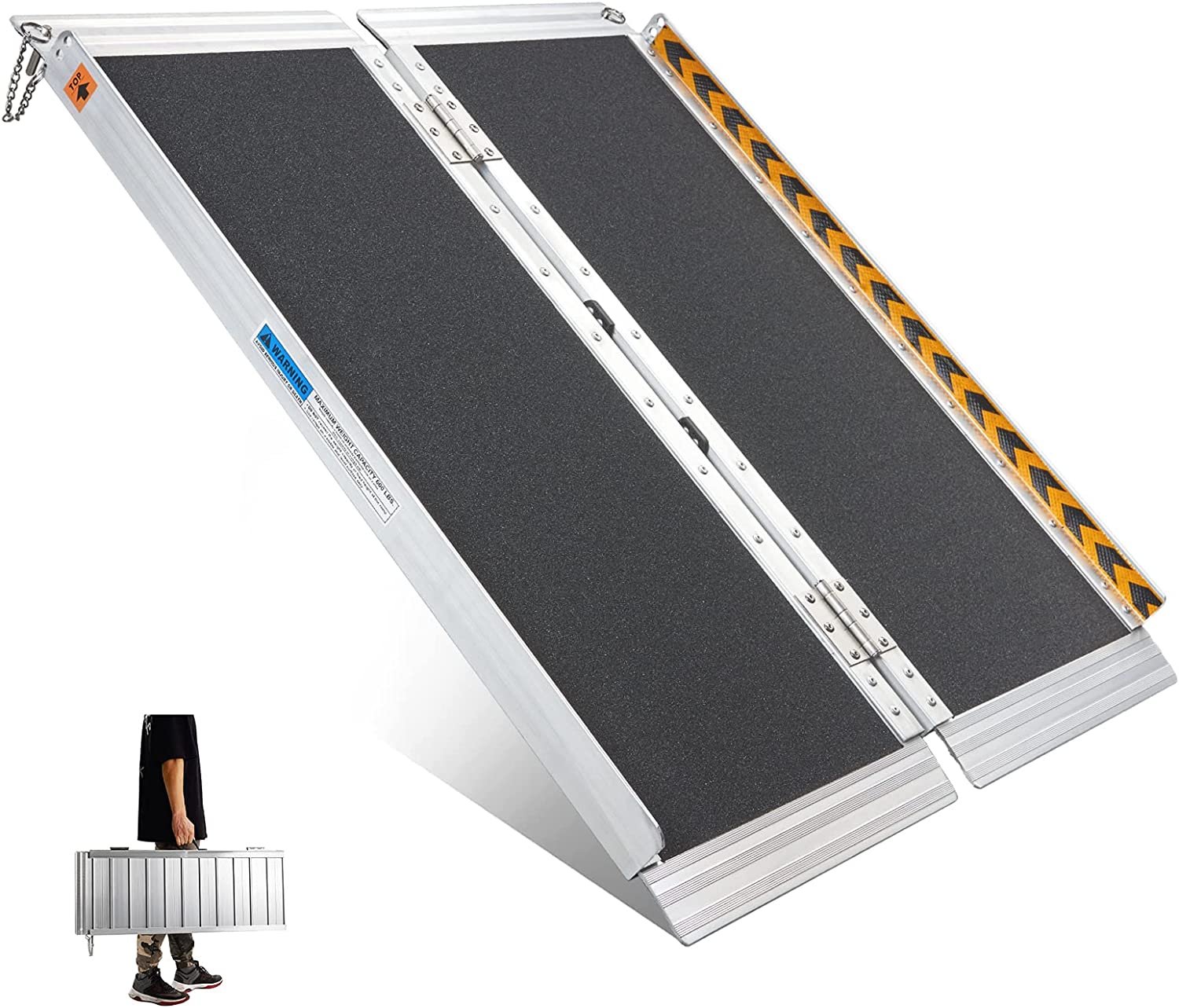Wheelchairs
They are recognised for their high quality and reasonable prices, making Essential Aids a reliable business partner. There are both autonomous and operator-supported models. If you have any queries concerning wheelchair accessories, please don’t hesitate to contact us. Additionally, this firm sells wheelchairs ranging in weight and quality.
Last Updated on April 27, 2024 | Published: May 9, 2022
Quick Overview of Wheelchairs
Essential Aids is a reliable supplier known for high-quality and reasonably priced wheelchairs, offering both autonomous and operator-supported models.
To obtain a free wheelchair in the UK, attend a medical consultation at a nearby institution, select usage frequency from a local vendor, and consider available vouchers.
Wheelchair options include self-propelled, transit, travel, and bariatric models, each serving specific mobility needs with various features and price ranges.
How Can I Get A Free Wheelchair UK?
Attend a medical consultation with wheelchair users at one of the nearby institutions. This is necessary to get a wheelchair at an NHS facility. You’ll have to select how often you want to use a wheelchair from a local vendor. There are a few vouchers available.
How Much Is A Wheelchair?
The price is likely to be between £300 and £500. Wheelchairs have a higher price tag (as much as $1,000). Despite their higher cost, these chairs are an excellent value.
What Is The Lightest Manual Wheelchair?
A feather-filled chairs are very light at this weight. Ingeniously designed, this chair’s backrest can be folded up, and you can pull out the rear wheel for storage.
Which Wheelchair Brand Is Best?
When looking for a self-propelled wheelchair or any wheelchair, there are many brands out there you can pick from. You should check the company’s reviews before you buy to be within the best chance of getting a good service.
Folding Wheelchair
A folding wheelchair can be an attendant propelled wheelchair or self-propelled wheelchairs; these are easy wheelchairs that can get folded up for easy storage. These are sometimes referred to as transit wheelchair as they are often used for travelling. Transit wheelchairs can be easily folded. The folding design ranges based on the brands.
Lightweight Wheelchair
A lightweight wheelchair is often made of a lightweight aluminium frame and tends to be a self-propelled wheelchair as the electric wheelchairs tend to be big and heavy because of the batteries. A lightweight mobility aid is great for sports and travelling. A heavy-duty wheelchair will be a lot bigger and harder to move. They tend to be an attendant propelled wheelchair.
Wheelchair Accessories
Mobility aids such as wheelchairs can come with wheelchair accessories such as lights, reflectors, etc. You can customise a wheelchair to make it fit yourself. You can increase the seat width and have large rear wheels to maximise comfort. A space wheelchair is like lightweight wheelchairs that are great to use.
Wheelchair Frequently Asked Questions
Which is the best wheelchair brand?
The best wheelchair brand depends on the type of wheelchair you need. Be sure to search our review page to read people’s reviews and see what people say.
What is the most comfortable wheelchair for the elderly?
The most comfortable wheelchair for the elderly is a padded wheelchair that is custom-made to fit someone,
What are the three basic types of wheelchairs?
The three main wheelchairs are Rigid frame manual wheelchairs, Transport wheelchairs and Folding frame manual wheelchairs.

Types of Wheelchairs
To go about their homes and communities, those who cannot or have difficulty walking may choose to use a wheelchair as a mode of mobility. A person in a wheelchair may either propel themselves forward or be pushed by another person; those who use motorised wheelchairs often do so by guiding the wheelchair’s wheels using a control pad or joystick.
Self Propelled Wheelchairs
Self-propelled wheelchairs are distinct from transit/travel wheelchairs in that the user does not need the aid of an attendant or caregiver to drive the wheelchair. Large rear wheels with hand rims enable the user of a self-propelled wheelchair to push themselves forward or backwards without assistance from another person.
Transit Wheelchairs
Those who need mobility assistance yet place high importance on autonomy, social life, and independence may get by on a budget by purchasing a manual wheelchair. Check out some transit wheelchairs here.
Travel Wheelchairs
Those unable to physically propel themselves in a wheelchair may nevertheless be able to go about with the help of a travel wheelchair. The cost of a manual wheelchair, such as a travel chair, is far less than that of an electric one, allowing you to maintain independence and participation in your community.
Bariatric Wheelchairs
When discussing wheelchairs, “bariatric” describes those built to support people much bigger than average. The reinforced frames and extra-wide seats of our durable wheelchairs provide the user maximum comfort and safety in any situation.

Wheelchair Accessories
If you have a wheelchair or are considering buying one, there is a whole range of accessories you can buy for them to help make your life easier.

Wheelchair Ramps
If you have steps in your home and can’t get over them with your wheelchair, you can get stairlift ramps which can help you. These can be used indoors or outdoors and makes navigating your home easier.
Self-Propelled Wheelchair Buying Guide
Key Takeaways For Self-Propelled Wheelchair Explore Wheelchair Options: Discover a range of self-propelled wheelchairs with varying features and prices for informed purchasing decisions. Considerations for Self-Propelled Use: Assess whether a self-propelled wheelchair...
Bariatric Wheelchair Buying Guide
Key Takeaways For Bariatric Wheelchair Weight Capacity Assurance: Determine the required weight capacity, ensuring the bariatric wheelchair comfortably supports the user's weight without compromising safety. Sturdy Construction: Assess the frame and construction...
Wheelchairs vs. Rollators: Making Informed Mobility Choices
Key Takeaways For Wheelchairs vs. Rollators Wheelchairs: Seated Mobility: A seated means of mobility for those with difficulty walking or limited leg strength. Independence: Offers a high level of autonomy for daily activities, with manual or electric self-propulsion...
Travel and Transit Wheelchair Buying Guide
Key Takeaways For Travel and Transit Wheelchair Compact and Portable: Travel and transit wheelchairs are designed for easy storage and transportation, offering a lightweight and foldable solution for users on the go. Intuitive and User-Friendly: These wheelchairs are...
Wheelchairs vs. Mobility Scooters: Choosing the Right Mobility Aid
Key Takeaways For Wheelchairs vs. Mobility Scooters Wheelchairs: Manual and electric models are available. Suitable for indoor and outdoor use. User control through physical effort or joystick. Mobility Scooters: Scooter-like design with handlebars. Primarily designed...
Wheelchairs vs. Crutches: Navigating Mobility Options
Key Takeaways For Wheelchairs vs. Crutches Wheelchairs: Seated Mobility: Provides seated solutions for those struggling to walk, ideal for significant mobility impairments. Comfort and Support: Offers a comfortable seated position with backrest and armrests, reducing...
